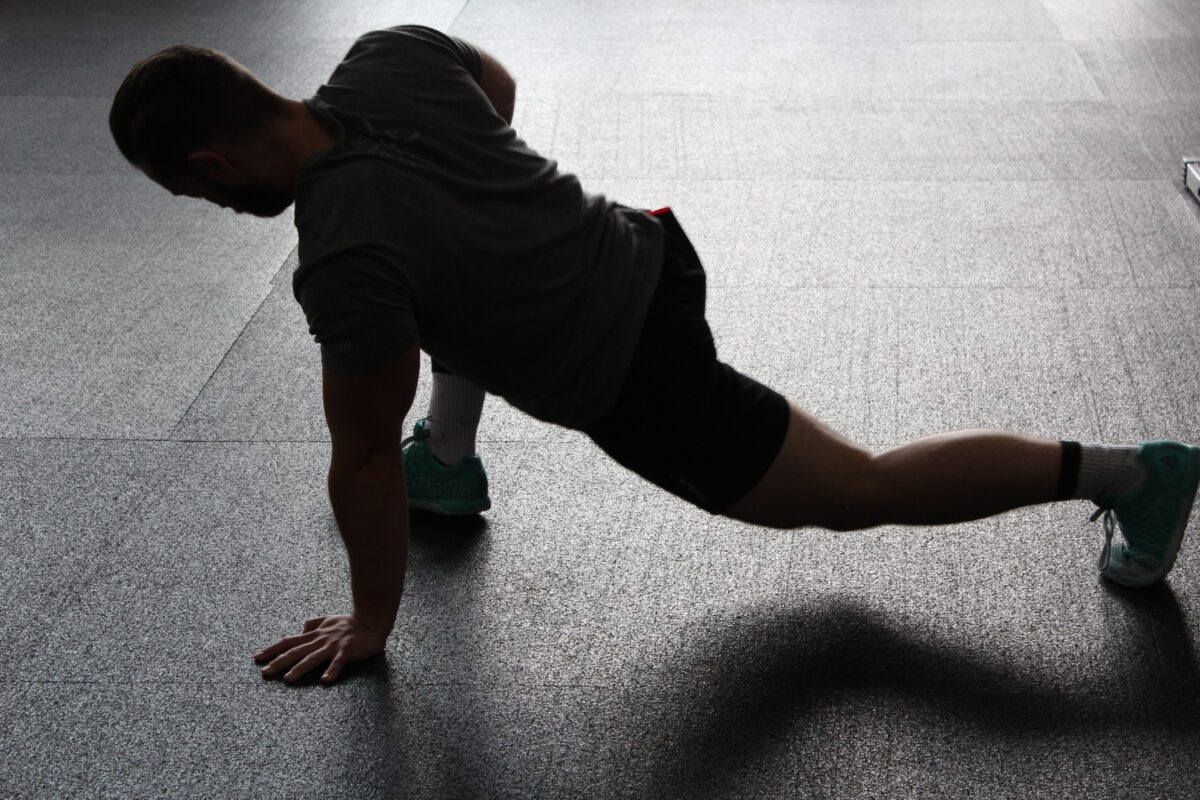Why Is Stretching Important?

You know you should stretch before a run or other workout…
But why is stretching important on its own?
Did you know that a good and consistent stretching regimen is just as important as an exercise routine? And no, we aren’t talking about your morning stretch when you first wake up.
There is real value in regular stretching, not only before and after exercise, but as part of your day.
Read on to find out why stretching is important, the many benefits of stretching, and how to incorporate stretching into your everyday routine.
Why Is Stretching Important?
Dynamic stretching, static stretching…why do you need to stretch at all?
We’re so glad you asked!
Here are eight reasons why you should consider stretching as its own form of body maintenance (not just a pre- or post-workout activity).

- Better Posture – Loosening those tight muscles can help elongate your spine and give you better posture.
- Better Performance – Stretching helps with your range of motion, enabling you to work out harder, better, faster, and stronger—whether you play basketball or golf.
- Increased Blood Flow – Not only does increased blood flow aid in healing, but it can help to relieve sore muscles after a strenuous workout.
- Stress Relief – Stretching, along with working out, releases endorphins, which relax the body and create a positive attitude.
- Improved Spinal Alignment – We aren’t saying to forgo your chiropractic appointments, but properly stretched muscles can help maintain alignment between adjustments.
- Stronger Joints – When you stretch, you’re helping to strengthen your joints so they can keep working the way they should.
- Reduced Back Pain – You rarely hear athletes say, “It’s back day!” but perhaps they should. Proper stretching can help strengthen your back and prevent back strain.
- Increased Flexibility – Again, if you’re an athlete, this can help with performance. But even if you’re not, increased flexibility can help with everything from carrying grocery bags, to wrangling the kids inside for a bath. (Plus, it can help prevent injuries, such as tennis elbow.)
- Better Range of Motion – This may not seem like a big deal, but muscle tightness can limit your daily activities. Range of motion is the ability to move a joint in its entire capacity. An example would be if you wanted to put your toddler up on your shoulders, but your shoulders are not stretched enough, you might not be able to reach all the way above your head.
We Offer Same-Day Appointments
Stretching Techniques
Stretching, in the broadest sense, is maneuvering the body into certain positions to elongate the muscles and other soft tissues. This is done in an effort to warm up the muscles (in preparation for exercise), help the muscles cool down, and increase the body’s range of motion.
There are two types of stretching: dynamic stretching and static stretching. Although they are very different from each other, they are both beneficial for your overall health.

Static Stretching
Static stretching is what most people think of when they think of stretching. It involves holding each stretch from 10 to 30 seconds at a time.
This type of stretching is best when performed after exercise when your muscles are warmed up and already loose. Stretching after exercising can help with muscle soreness, quicker healing to any damage, and help with range of motion afterwards. It’s also a great way to cool down and bring down your core temperature.
Dynamic Stretching
With dynamic stretching, the stretch is not held for a long amount of time. Instead, the body is in nearly constant movement throughout its full range of motion. For example, walking lunges or wind-milling your arms are both forms of dynamic stretching.
Dynamic stretching is best done before exercise to stretch cold muscles, reacquaint the muscles with their full range of motion, and prevent injuries. And, because you’re moving, it also doubles as your warm-up.

How to Start Stretching
The good news is that you don’t have to wait until you’re going to workout to stretch…nor should you! In fact, you should think of stretching as another form of exercise. Experts recommend a stretch routine that targets the major muscle groups at least three times a week.
Not only does it feel great, but it can help keep you flexible and prevent injuries. This is equally important whether you sit all day or lead a very active lifestyle.
Start with some dynamic stretching to get your blood pumping and muscles moving. Follow it up with some static stretches but do not bounce! This can cause the tendons to stretch beyond their normal reach and can result in permanent damage.
Conclusion
Stretching is an important part of sports medicine, but it’s not just for avid gym-goers or athletes.
Proper stretching three times a week can prevent injuries, increase quality of life, and help with everyday activities. Remember, it’s important to perform the proper types of stretches both before and after working out .
If you want to perform stretching without exercise, great! Perform some light dynamic stretches followed by some gentle static stretches.
As always if you need any guidance on some stretches that would work best for you, call our office today for tips and to make an appointment.

